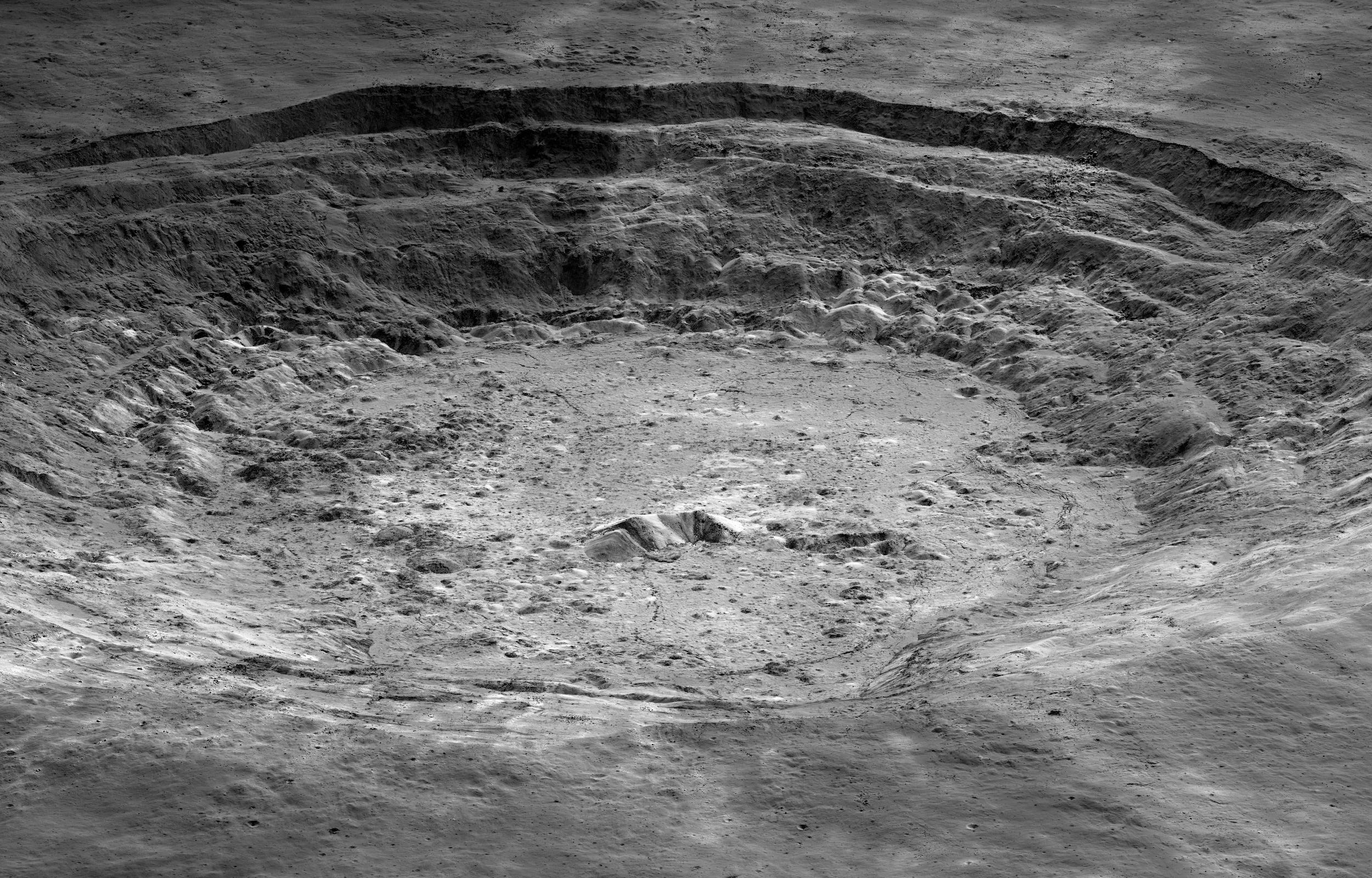Glorious Aristarchus
The size of a large city, and one of the brightest features on the Moon, Aristarchus crater is easily visible to the naked eye.
Seen here is the young, bright Aristarchus crater on the Moon about the size of a large city.

Being big and one of the brightest features on the Moon, Aristarchus crater is easily visible to the naked eye. It's located near the largest valley on the Moon and akin to Tycho's central mountain, it has one peaking out too (pun intended).

The fact that the crater is so bright and has rocky, non-smooth walls, indicate its young age. The age is estimated to be about 450 million years. The material ejecting out of the crater, called ejecta, extend in the south-west direction, indicating that the object that formed the crater must have impacted from the north-east. The impact carved into the lunar surface, exposing the lunar interior crustal material.
Aristarchus crater was one of the candidate landing sites for now-cancelled Apollo 17+ missions. Visiting Aristarchus crater in a future lunar landing mission will allow study of the lunar interior as well as mechanics of impact crater formation.

